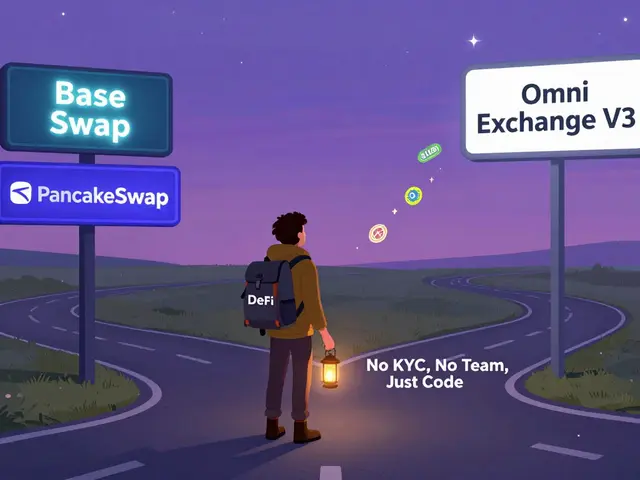Proof of Stake: The Simple Guide to Staking and Consensus
When you hear proof of stake, a consensus mechanism that replaces energy‑hungry mining with token‑based voting, you might wonder how it actually keeps a blockchain safe. Staking rewards, periodic payouts that validators earn for locking up tokens are the carrot that drives participants. Validator nodes, servers that propose and attest to new blocks do the heavy lifting, and Ethereum 2.0, the major upgrade that switched Ethereum from proof of work to proof of stake is the flagship example you see in the headlines. In short, proof of stake enables staking rewards, and staking rewards incentivize validator nodes.
So how does the magic happen? First, you lock a portion of your tokens in a smart contract. The network then randomly picks a validator based on the amount you’ve staked and how long you’ve kept it locked. The more you stake, the higher your chances of being chosen. This selection process is called “bonded voting” and it replaces the costly hash puzzles used in proof of work. Because the odds depend on stake, the system aligns financial risk with network security.
Staking rewards aren’t just free money; they shape a token’s economics. When rewards are generous, more users are likely to stake, which reduces the circulating supply and can push the price up. Conversely, low rewards might lead to lower participation and weaker security. Many projects tweak reward rates to balance growth and decentralization, so watching reward schedules can give you a clue about a chain’s health.
Running a validator node isn’t a set‑and‑forget job. You need reliable hardware, constant internet connectivity, and a good knowledge of the protocol. Miss a block or go offline, and you can lose part of your stake – a penalty called “slashing.” This risk makes sure validators act honestly. For beginners, delegating your stake to a trusted validator is a safe way to earn rewards without the technical headache.
Ethereum 2.0 isn’t the only player embracing proof of stake. Chains like Cardano, Solana, and Polkadot have built their security around staking, each with its own twist on reward formulas and validator selection. The common thread is the dramatic drop in energy consumption – some estimates say PoS uses 99% less power than traditional mining. That environmental boost is one reason many investors are watching PoS projects closely.
Why Staking Matters for You
If you’re looking to grow crypto holdings without constant trading, staking offers a passive income stream. It also gives you a say in protocol upgrades, because many PoS networks let stakers vote on changes. Below you’ll find deep dives into airdrops, country‑specific crypto news, stablecoin mechanics, and more – all tied together by the proof of stake principle that powers today’s most efficient blockchains.
Eco Crypto Future 2025: Trends & Outlook
Explore how environmentally friendly cryptocurrency is reshaping the market, tech, and regulation in 2025, with real data, future trends, and practical steps for users.
Staking vs Mining: Full Comparison of Crypto Validation Methods
Explore a detailed side‑by‑side comparison of staking and mining, covering energy use, costs, risks, rewards, and future trends for crypto validation.






